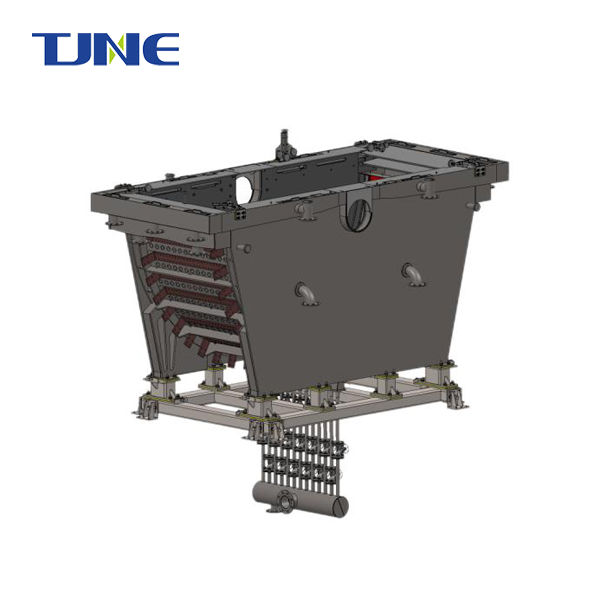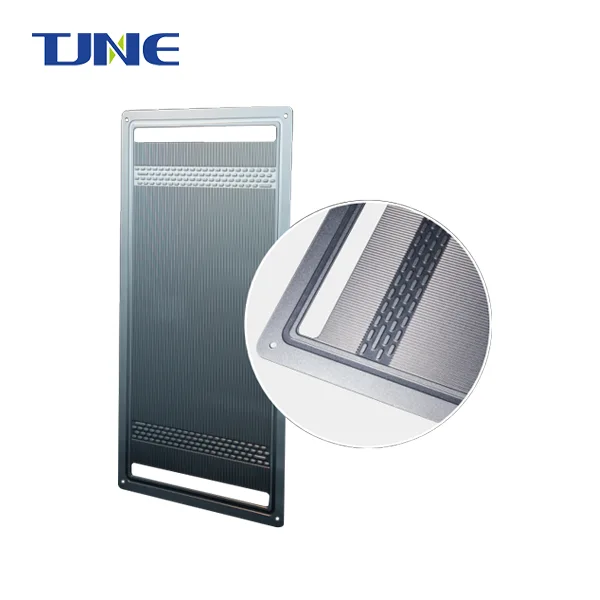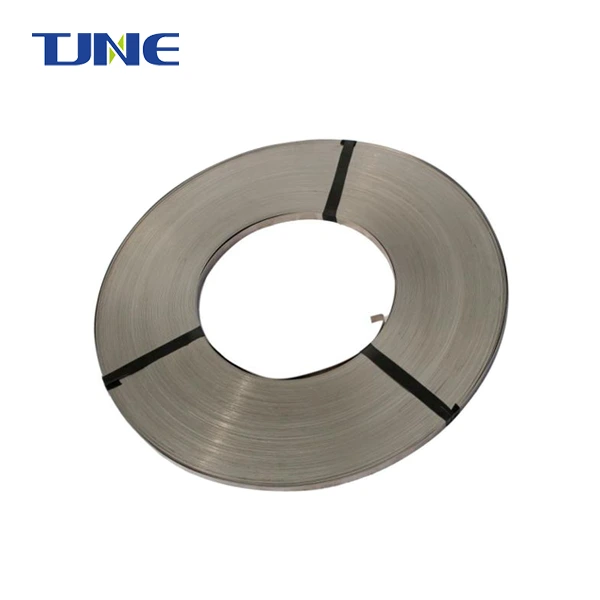- English
- French
- German
- Portuguese
- Spanish
- Russian
- Japanese
- Korean
- Arabic
- Greek
- German
- Turkish
- Italian
- Danish
- Romanian
- Indonesian
- Czech
- Afrikaans
- Swedish
- Polish
- Basque
- Catalan
- Esperanto
- Hindi
- Lao
- Albanian
- Amharic
- Armenian
- Azerbaijani
- Belarusian
- Bengali
- Bosnian
- Bulgarian
- Cebuano
- Chichewa
- Corsican
- Croatian
- Dutch
- Estonian
- Filipino
- Finnish
- Frisian
- Galician
- Georgian
- Gujarati
- Haitian
- Hausa
- Hawaiian
- Hebrew
- Hmong
- Hungarian
- Icelandic
- Igbo
- Javanese
- Kannada
- Kazakh
- Khmer
- Kurdish
- Kyrgyz
- Latin
- Latvian
- Lithuanian
- Luxembou..
- Macedonian
- Malagasy
- Malay
- Malayalam
- Maltese
- Maori
- Marathi
- Mongolian
- Burmese
- Nepali
- Norwegian
- Pashto
- Persian
- Punjabi
- Serbian
- Sesotho
- Sinhala
- Slovak
- Slovenian
- Somali
- Samoan
- Scots Gaelic
- Shona
- Sindhi
- Sundanese
- Swahili
- Tajik
- Tamil
- Telugu
- Thai
- Ukrainian
- Urdu
- Uzbek
- Vietnamese
- Welsh
- Xhosa
- Yiddish
- Yoruba
- Zulu
Are There Any Safety Considerations When Using Titanium Electrodes for Ballast Water?
Ballast water treatment is a critical process in maritime operations, essential for maintaining ship stability and preventing the spread of invasive aquatic species. One of the most effective methods for treating ballast water involves the use of titanium electrodes. However, as with any technological application, safety considerations are paramount. This blog post explores the key safety aspects to consider when using titanium electrodes in ballast water treatment systems, ensuring both operational efficiency and environmental protection.
How do titanium electrodes work in ballast water treatment systems?
Titanium electrodes play a crucial role in ballast water treatment systems, particularly in electrochlorination processes. These electrodes are used to generate chlorine from the naturally occurring salt in seawater, which acts as a disinfectant to eliminate harmful microorganisms and pathogens in ballast water.
The process begins when seawater enters the ballast water treatment system. As the water passes through an electrolytic cell containing titanium electrodes, an electric current is applied. This current causes a reaction between the titanium electrodes and the chloride ions present in the seawater, resulting in the production of sodium hypochlorite (NaClO), a powerful oxidizing agent.
The generated sodium hypochlorite effectively disinfects the ballast water by destroying or inactivating various microorganisms, including bacteria, viruses, and larger organisms like plankton. This process ensures that when ballast water is discharged, it poses minimal risk to the local marine ecosystem.
Titanium is chosen for these electrodes due to its exceptional properties. It is highly resistant to corrosion, even in saltwater environments, which ensures a long operational life for the treatment system. Additionally, titanium's high electrical conductivity makes it an efficient material for this electrochemical process.
The effectiveness of titanium electrodes in ballast water treatment systems is further enhanced by their ability to operate at low voltages, reducing energy consumption and improving overall system efficiency. This low-voltage operation also contributes to the safety of the system, minimizing the risk of electrical hazards.
Moreover, titanium electrodes can be designed with specific coatings or surface treatments to optimize their performance. These modifications can enhance chlorine production efficiency, reduce scaling, and extend the lifespan of the electrodes.
It's important to note that while titanium electrodes are highly effective, their performance can be influenced by factors such as water salinity, temperature, and flow rate. Therefore, ballast water treatment systems using titanium electrodes are often equipped with sensors and control mechanisms to adjust the electrochlorination process based on these variables, ensuring consistent and effective treatment across different operating conditions.
In summary, titanium electrodes work in ballast water treatment systems by facilitating the electrochlorination process, generating a powerful disinfectant from seawater to eliminate harmful organisms. Their corrosion resistance, efficiency, and adaptability make them an ideal choice for this critical maritime application, contributing significantly to the protection of marine ecosystems worldwide.
What are the potential risks associated with using titanium electrodes in ballast water systems?
While titanium electrodes offer numerous benefits in ballast water treatment systems, it's crucial to be aware of the potential risks associated with their use. Understanding these risks is essential for implementing proper safety measures and ensuring the long-term effectiveness of the treatment system.
One of the primary concerns is the potential for chlorine gas formation. During the electrochlorination process, if not properly controlled, there's a risk of chlorine gas (Cl2) being produced alongside the desired sodium hypochlorite. Chlorine gas is highly toxic and can pose severe health risks to crew members if released into the ship's atmosphere. To mitigate this risk, ballast water treatment systems must be equipped with robust gas detection systems and proper ventilation. Additionally, regular maintenance and monitoring of the electrodes and the overall system are crucial to prevent any malfunctions that could lead to unintended chlorine gas production.
Another risk to consider is the potential for hydrogen gas generation. The electrolysis process can also produce hydrogen gas as a byproduct. Hydrogen is highly flammable and, if allowed to accumulate, can create an explosion hazard. To address this, treatment systems should incorporate hydrogen gas sensors and adequate venting mechanisms to safely disperse any hydrogen produced.
The corrosion of surrounding materials is another potential risk. While titanium itself is highly corrosion-resistant, the chlorine and other oxidizing agents produced during the treatment process can be corrosive to other metals and materials in the system. This can lead to degradation of pipes, valves, and other components over time. To mitigate this risk, careful material selection for all components in contact with treated water is essential, and regular inspections should be conducted to identify and address any signs of corrosion early.
There's also the risk of electrode degradation over time. Although titanium electrodes are durable, they can eventually wear down due to continuous use and exposure to harsh conditions. Degraded electrodes may become less efficient, potentially compromising the effectiveness of the ballast water treatment. Regular inspection and replacement of electrodes as part of a comprehensive maintenance program is necessary to address this risk.
The formation of disinfection byproducts (DBPs) is another consideration. The electrochlorination process can lead to the formation of various DBPs, some of which may be harmful to marine life when discharged. While many of these byproducts break down quickly, some can persist and potentially impact the environment. Ongoing research and monitoring are essential to fully understand and mitigate the potential environmental impacts of these byproducts.
Electrical safety is a critical concern when dealing with any electrochemical system. The use of electricity in a marine environment presents inherent risks, including the potential for electrical shocks or short circuits. Proper insulation, grounding, and regular electrical safety checks are essential to minimize these risks.
Lastly, there's the risk of system malfunction or failure. Like any complex system, ballast water treatment units can experience technical issues that may compromise their effectiveness. This could potentially lead to the discharge of untreated or inadequately treated ballast water, posing environmental risks. Robust system design, redundancy in critical components, and comprehensive crew training on system operation and troubleshooting are crucial to mitigate this risk.
To effectively manage these risks, a multi-faceted approach is necessary. This includes:
1. Comprehensive crew training on system operation, maintenance, and safety procedures.
2. Regular system inspections and maintenance schedules.
3. Implementation of advanced monitoring and control systems.
4. Adherence to international regulations and guidelines for ballast water management.
5. Ongoing research and development to improve system design and safety features.
6. Collaboration with regulatory bodies and industry experts to stay updated on best practices.
By acknowledging and proactively addressing these potential risks, ship operators can ensure the safe and effective use of titanium electrodes in ballast water treatment systems, contributing to both maritime safety and environmental protection.
How can the safety of titanium electrode ballast water systems be improved?
Improving the safety of ballast water treatment systems that use titanium electrodes is an ongoing process that involves technological advancements, operational improvements, and regulatory compliance. By focusing on these areas, it's possible to enhance the safety and efficiency of these critical systems.
One of the primary ways to improve safety is through advanced system design. Engineers are continuously working on developing more sophisticated electrochlorination units that incorporate multiple safety features. These may include:
1. Enhanced gas detection systems: Implementing more sensitive and reliable sensors for detecting chlorine and hydrogen gases can provide early warnings and trigger automated safety responses.
2. Improved ventilation systems: Designing more efficient ventilation systems that can quickly and effectively disperse any potentially harmful gases produced during the treatment process.
3. Automated shutdown mechanisms: Incorporating intelligent systems that can automatically shut down the electrochlorination process if unsafe conditions are detected, such as abnormal gas levels or system malfunctions.
4. Advanced electrode designs: Developing new electrode configurations and coatings that can improve efficiency and reduce the risk of unwanted byproduct formation.
5. Integrated monitoring systems: Implementing comprehensive monitoring systems that track various parameters in real-time, including water quality, electrode performance, and system efficiency.
Operational improvements are equally crucial in enhancing safety. This involves:
1. Comprehensive training programs: Developing and implementing rigorous training programs for crew members responsible for operating and maintaining the ballast water treatment systems. These programs should cover normal operation procedures, troubleshooting techniques, and emergency response protocols.
2. Regular maintenance schedules: Establishing and adhering to strict maintenance schedules that include regular inspections, cleaning, and replacement of components as needed. This proactive approach can prevent many safety issues before they occur.
3. Standard Operating Procedures (SOPs): Developing detailed SOPs for all aspects of system operation, maintenance, and emergency response. These procedures should be regularly reviewed and updated based on new information and experiences.
4. Safety drills and simulations: Conducting regular safety drills and simulations to ensure crew members are prepared to respond effectively to potential emergencies related to the ballast water treatment system.
5. Data logging and analysis: Implementing comprehensive data logging systems that record all operational parameters. Regular analysis of this data can help identify trends or potential issues before they become safety hazards.
Regulatory compliance and continuous improvement are also key factors in enhancing safety:
1. Staying updated with regulations: Keeping abreast of the latest international and local regulations regarding ballast water treatment and ensuring full compliance.
2. Participation in industry forums: Engaging in industry forums and discussions to share experiences and learn from other operators and experts in the field.
3. Collaboration with manufacturers: Maintaining open lines of communication with system manufacturers to receive updates, share feedback, and participate in product improvement initiatives.
4. Independent audits: Conducting regular independent audits of the ballast water treatment system and overall ship operations to identify potential safety improvements.
5. Research and development: Investing in or supporting research and development efforts aimed at improving the safety and efficiency of ballast water treatment technologies.
Technological advancements also play a crucial role in improving safety:
1. AI and machine learning: Incorporating artificial intelligence and machine learning algorithms into control systems can help predict potential issues and optimize system performance.
2. Remote monitoring capabilities: Implementing systems that allow for remote monitoring and diagnostics, enabling shore-based experts to provide real-time support and guidance.
3. Advanced materials research: Continuing research into new materials that could further improve electrode performance and system safety.
4. Integration with ship systems: Developing better integration between the ballast water treatment system and other ship systems for improved overall safety and efficiency.
5. Virtual and augmented reality training: Utilizing VR and AR technologies to provide more immersive and effective training experiences for crew members.
Environmental considerations are also increasingly important in improving system safety:
1. Eco-friendly disinfection methods: Researching and developing alternative or complementary disinfection methods that could reduce reliance on chlorine-based treatments.
2. Byproduct reduction strategies: Implementing strategies to minimize the formation of harmful disinfection byproducts, such as optimizing treatment parameters or introducing additional treatment steps.
3. Ecological impact assessments: Conducting regular assessments of the ecological impact of treated ballast water discharge and using this information to refine treatment processes.
4. Biodegradable materials: Exploring the use of biodegradable materials in system components to reduce environmental impact in case of wear or failure.
5. Energy efficiency improvements: Developing more energy-efficient systems to reduce the overall environmental footprint of ballast water treatment.
By focusing on these areas of improvement, the maritime industry can significantly enhance the safety of titanium electrode ballast water systems. This not only protects crew members and ships but also contributes to the broader goal of safeguarding marine ecosystems worldwide. As technology continues to advance and our understanding of marine environments deepens, we can expect further innovations that will make these systems even safer and more effective in the future.
If you are interested in the products of Xi'an Taijin New Energy Technology Co., Ltd., please contact yangbo@tjanode.com.
References:
1. International Maritime Organization. (2024). Ballast Water Management.
2. Journal of Marine Engineering & Technology. (2023). "Advancements in Electrochlorination Systems for Ballast Water Treatment."
3. Marine Pollution Bulletin. (2022). "Environmental Impacts of Ballast Water Treatment Technologies."
4. Electrochimica Acta. (2023). "Titanium Electrode Performance in Seawater Electrolysis for Ballast Water Treatment."
5. Safety Science. (2024). "Risk Assessment and Management in Maritime Ballast Water Treatment Systems."
6. Water Research. (2023). "Formation and Mitigation of Disinfection Byproducts in Ballast Water Treatment."
7. Journal of Cleaner Production. (2024). "Energy Efficiency and Environmental Performance of Modern Ballast Water Treatment Systems."
8. Corrosion Science. (2022). "Materials Selection for Ballast Water Treatment Systems: Challenges and Solutions."
9. Ocean Engineering. (2023). "Integration of AI and Machine Learning in Maritime Environmental Protection Systems."
10. Environmental Science & Technology. (2024). "Long-term Ecological Impacts of Treated Ballast Water Discharge: A Global Perspective."












